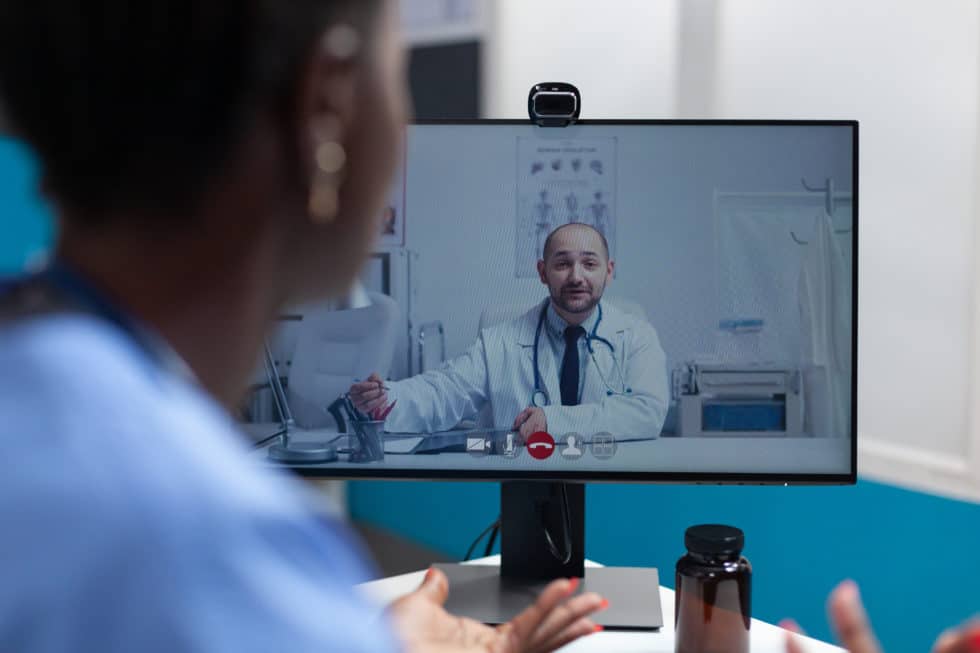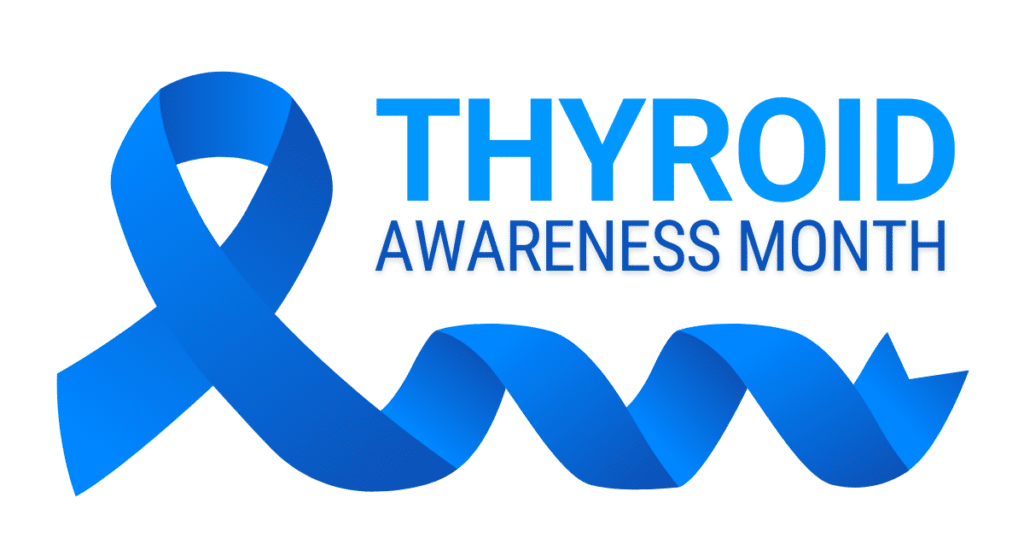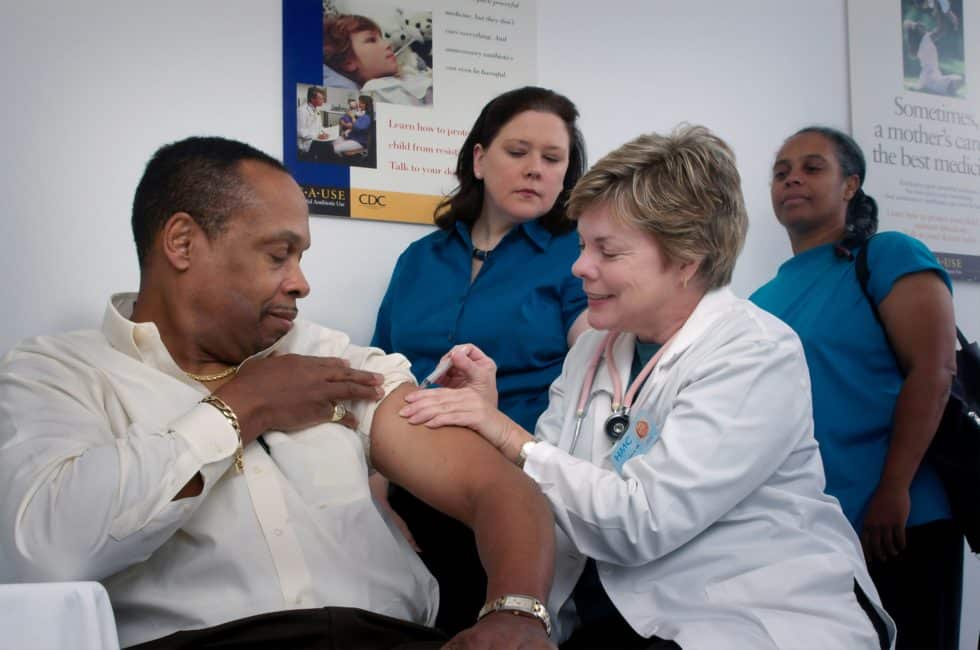Virtual Health Experiences: The Past, Present and Future
Healthcare Industry News

Virtual Health Experiences: The Past, Present, and Future
Doctor’s appointments look a little different now than they did pre-covid. Considering how much virtual health has advanced over the last few years, it’s intriguing to think how it might continue to develop.
Health should be a priority, which is why virtual health services have become more common. With the change, those who can’t get to a doctor’s office—for whatever reason—can now put their health first.
What is Virtual Health?
The concept of virtual health care was proposed in the 1950s and has only grown and improved since. Because of this, virtual healthcare services became much more widespread and well-liked. Three examples of virtual health services are as follows:
- Telehealth
- Telemedicine
- Telecare
These various virtual healthcare experiences are helpful for those without access to quality healthcare in their area or who can’t easily get around on their own. Even though they are all distinct virtual experiences, each has unique advantages.
Telehealth
Telehealth covers a wide variety of remote healthcare options. These options cover any assistance from healthcare workers – doctors, nurses, therapists, pharmacists, etcetera.
Telemedicine
Telemedicine services are for patients who need more intense care. These services aren’t limited to appointments and are exclusive to doctors. Telemedicine allows doctors to deliver various medical, diagnostic, and treatment-related care.
Telecare
Telecare provides technology that allows patients to receive care from their own homes. This is exclusive to technology such as fitness apps, medication reminder systems, early detection technologies, etcetera.
What Health Care Looked Like Pre-Covid
Before the pandemic, healthcare visits and services were more limited. Though virtual healthcare has been around since the 1950s, the pandemic pushed the development and range of these services.
It was much more difficult for some individuals to receive proper health care. Physically going into a healthcare professional’s office, clinic, etcetera was not always easy. There were also limitations on the technology that patients could use, location requirements, and other characteristics that made it difficult to take advantage of virtual health.
How the Pandemic Shifted the Health Care Experience
Once the coronavirus pandemic hit and businesses, schools, and organizations were forced to shut down, millions of people were quarantined at home. With already existing health issues, sicknesses, and the SARS-CoV-2 virus wreaking havoc, Congress decided to change the Medicare laws. With the new rules in place, it was easier for patients and doctors to use virtual health.
Since virtual healthcare was made more accessible in such a timely manner, the number of weekly telehealth visits rose dramatically. According to data from the Centers for Medicare and Medicaid Services, weekly telehealth visits went from 13,000 pre-COVID to 1.7 million trips in the week of April 2020,
The Future of Telehealth
Coronavirus, unfortunately, isn’t going anywhere. However, the number of cases has dropped drastically since scientists developed the vaccine. Though the demand for virtual health care isn’t as urgent as in 2020, the option is there.
Efforts are still being made toward advancing the remote healthcare world we now live in. Even though there may be some limitations when it comes to virtual healthcare visits, such as physical exams, providing the option to patients opens the door to a more developed, consistent, and reliable healthcare experience.
At Enterprise Medical, we want to be sure that nurses and physicians are able to incorporate the medical trends happening in the post-COVID world. Our physician and nurse recruiters will be delighted to assist you in your job hunt if you would want to investigate your possibilities for patient care.


